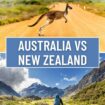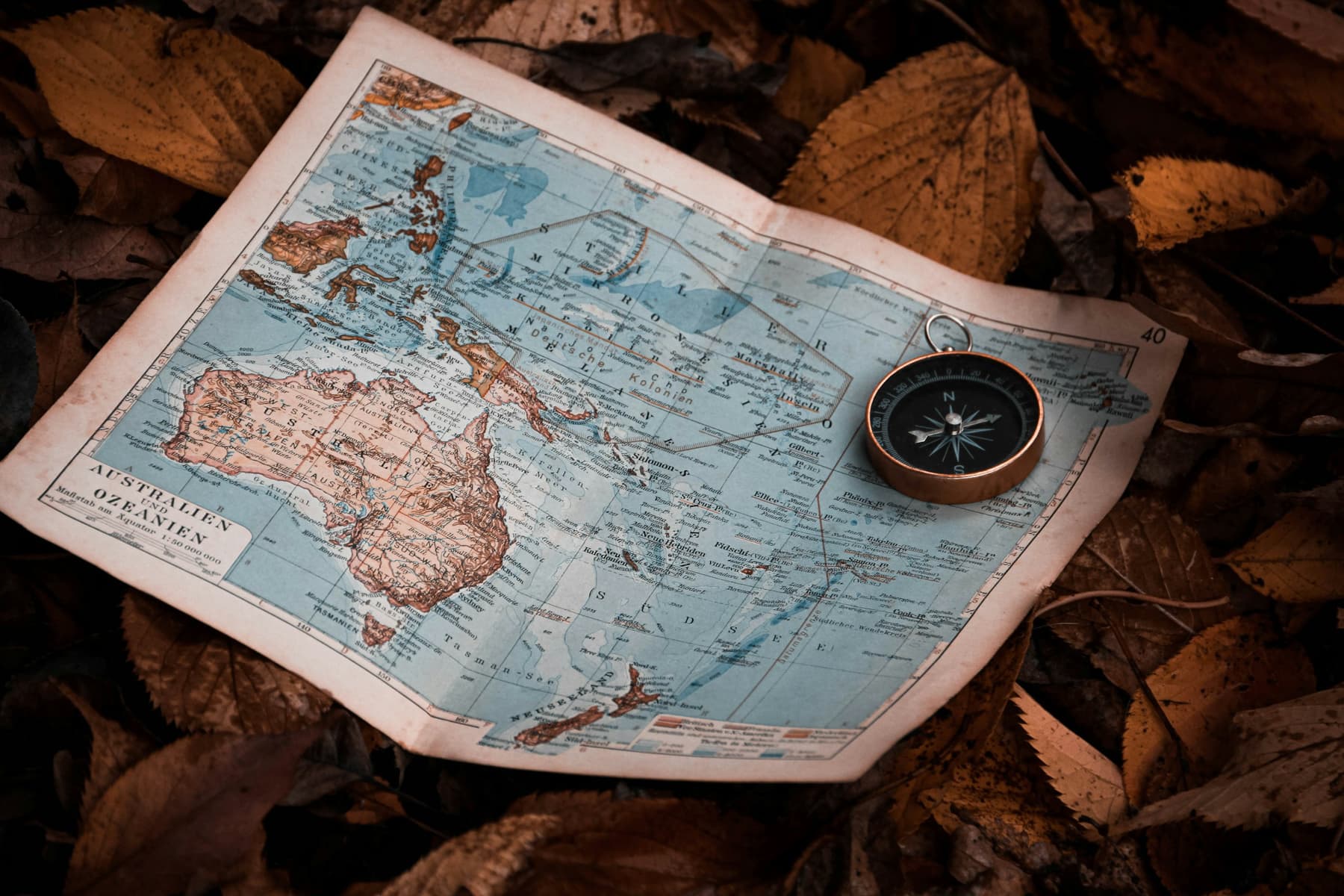
Go World Travel is reader-supported and may earn a commission from purchases made through links in this piece.
I am a born and bred Aussie (Australian). I had visited New Zealand twice – in 1995 (the North Island) and in 2006 (the South Island). However, it was not until a recent cruise to New Zealand that I was struck by how many things in New Zealand are different from Australia.
Despite both countries being settled by Europeans about the same time and despite our geographic proximity, the countries have some stark differences.
Australia vs New Zealand Fun Facts
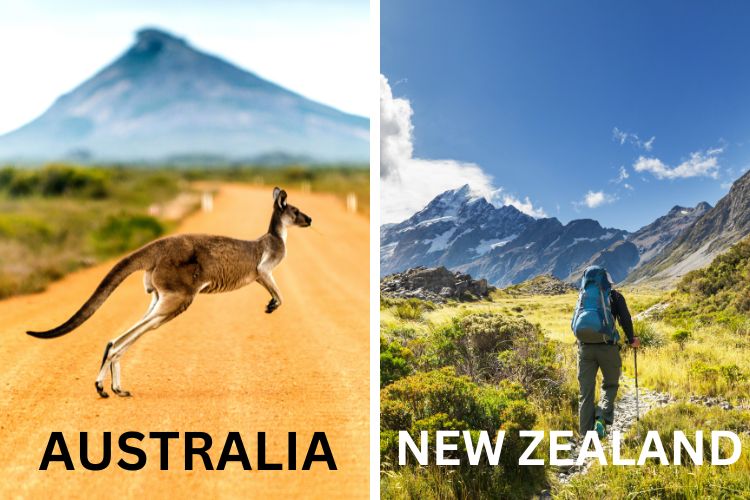
Convicts vs Free People
White settlement in Australia was by convicts, whereas white settlement in New Zealand was by free settlers.
The British colony of New South Wales, Australia, was established in 1788 as a penal colony. After the American War of Independence, Britain was faced with overcrowded prisons and prison ships and no suitable destination to transport their convicts (prisoners). Between 1788 and 1868, about 162,000 convicts were transported from Great Britain and Ireland to various penal colonies in Australia.
Early European settlers in New Zealand were not convicts. To begin with, they were mainly whalers, sealers and missionaries. White people migrated to New Zealand in their quest for profits and also to own land. The Māori term for the white inhabitants of New Zealand was “Pakeha.”
Dangerous Animals vs Harmless Animals
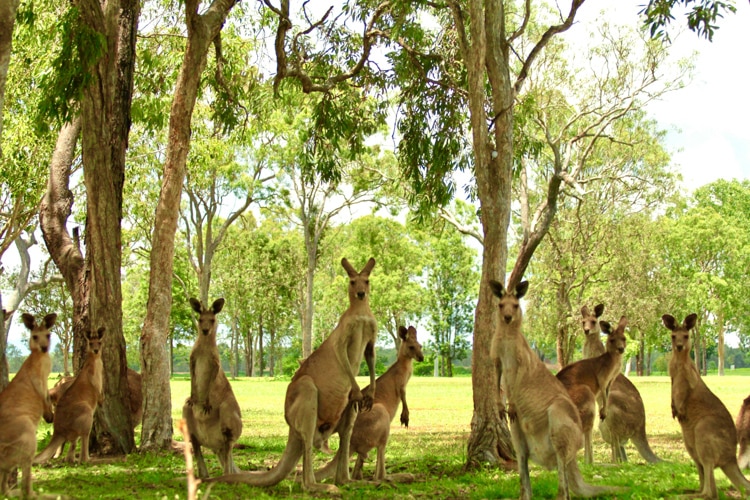
There are many dangerous animals in Australia. There are no dangerous animals in New Zealand.
Australia has loads of deadly snakes, spiders and other creatures that might kill you. In New Zealand you can run through long grass without a care in the world. Somehow, when the two countries physically separated some 80 million years ago, New Zealand’s animals didn’t evolve the same way as the Australian ones did. As an example, 21 of the 25 most toxic snakes in the world are all from Australia yet New Zealand has no snakes.
Best Tips & Tools to Plan Your Trip
Australia also has native marsupials like koalas, kangaroos and wombats. New Zealand doesn’t have any native marsupials.
What New Zealand does have is its national icon and unofficial national emblem – the native Kiwi, a brown flightless bird with a long beak.
Protected Possums vs Possum Pests
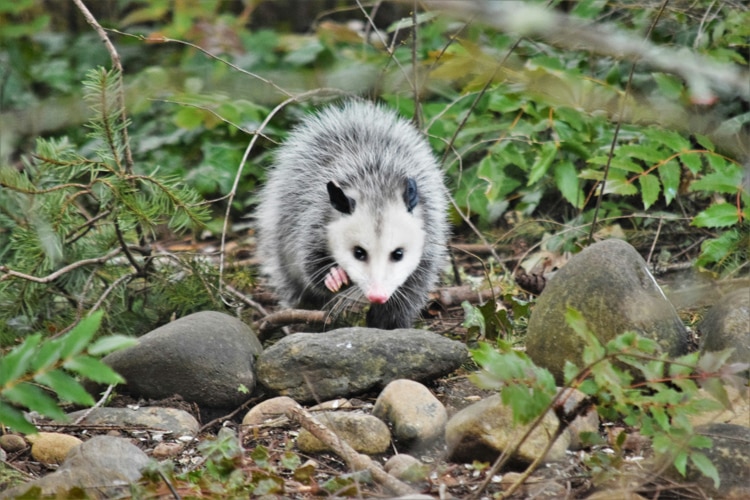
Possums are protected in Australia but treated as a conservation and agricultural pest in New Zealand.
In Australia, the possum is protected as a native species.
The possum was first introduced to New Zealand by Australia between 1837 and 1898 to establish a fur trade. Initially a protected animal, this status was lifted in 1947 when it was realised that the environmental damage caused by possums outweighed any profit from the sale of its skins.
The possum has become New Zealand’s most damaging animal pest, wreaking havoc on native forests and animals and also on farmland.
Read More: Hidden Historical Treasures in the Heart of New Zealand’s Central Otago District
Flightless Birds vs Flying Birds
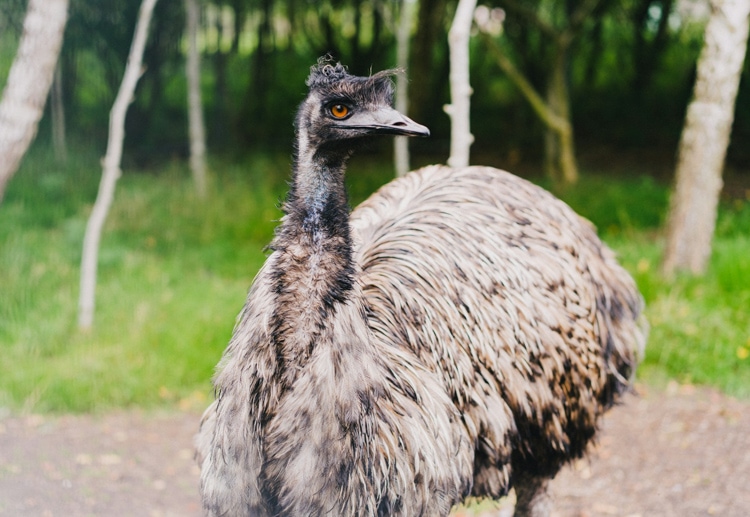
The giant, flightless bird of New Zealand is extinct however there are two living species of giant, flightless birds in Australia.
The Moa are an extinct group of flightless birds formerly endemic to New Zealand. They were extinct by 1445.
In Australia, you can still find two varieties of feathered, flightless birds – cassowaries and emus. Emus are taller than cassowaries but the cassowary is the heaviest bird in Australia and the second heaviest in the world after its cousin, the ostrich.
Indigenous Differences
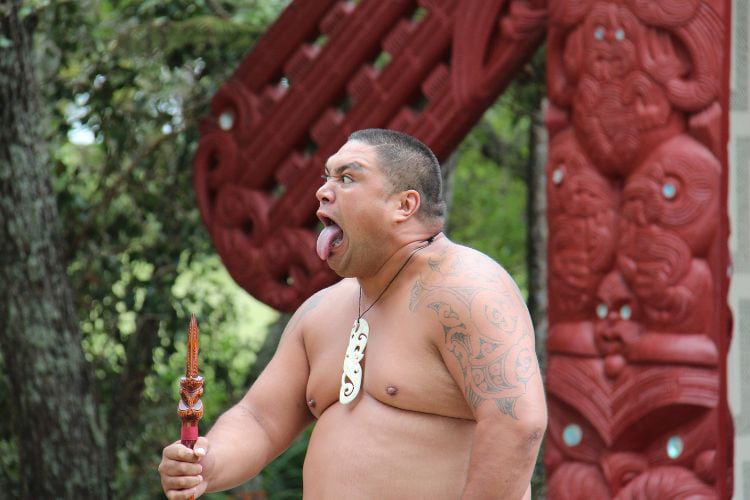
Australia’s indigenous people are two distinct cultural groups comprising Aboriginal and Torres Strait Islander peoples (“Aboriginal Australians”). New Zealand’s indigenous people are the Māori. There are several differences between the indigenous peoples of the two nations.
There were people on these lands before white, English-speaking people came to Australia and New Zealand.
Aboriginal Australians have lived in Australia for over 60,000 years. They are the oldest, continuous culture on Earth. By comparison, the Māori arrived in New Zealand from Polynesia in the 1300s.
Another major difference is that there is one Māori language but more than 250 Aboriginal languages and over 800 dialects. Each Aboriginal language is specific to a particular place and people.
There is an official Māori language in New Zealand—te reo Māori. You will see some signs in both English and Māori. There is a TV channel broadcasting programs exclusively in the Māori language, and New Zealand sporting teams often perform the Haka, a ceremonial Māori war dance, before a big sporting match.
Australia’s Aboriginal culture is much less prominent, especially in the big cities.
The Māori have a proud tradition as fearsome warriors. They were trained to be warriors from an early age.
Aboriginal culture is defined by its connection to family, community and country. The land (or country) is what defines Aboriginal people. They do not have a warrior tradition.
Treaty vs No Treaty
There is a treaty between the indigenous people of New Zealand and the British Crown. There is no treaty between the indigenous people of Australia and the British Crown nor between the indigenous people of Australia and the Australian government.
The New Zealand treaty is called the Treaty of Waitangi (Te Tiriti o Waitangi). It was signed in 1840 by the British Crown and about 540 Māori Chiefs to establish a nation state.
The main purpose of the Treaty was to ensure that all parties would live together peacefully and develop New Zealand together in partnership. The Treaty of Waitangi is controversial, however, as Māori and English texts of the Treaty differ in their translations.
On 14 October 2023, Australians voted in a referendum about whether to change the Constitution to recognise the First Peoples of Australia by establishing a body called the Aboriginal and Torres Strait Islander Voice. It was the first referendum of the 21st century and it was unsuccessful.
I can’t speak to the situation in New Zealand. Still, we have a long way to go in Australia in relation to healing the deep wounds of Australia’s colonial legacy and also to addressing the sharp inequality in outcomes for Aboriginal Australians in areas such as: health, housing, unemployment and education.
Read More: Lessons Learned While RV Roadtripping in Australia With Dogs
Volcanoes vs Deserts
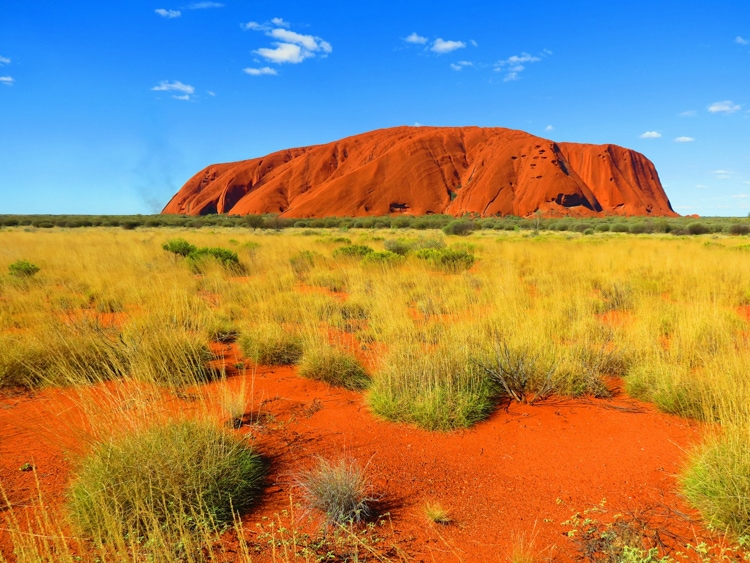
New Zealand has all the volcanoes and earthquakes and Australia has all the deserts.
Australia and New Zealand have very different landscapes and climates. Being a bigger country, Australia has more variety of landscapes to explore.
New Zealand sits on a major fault line that causes earthquakes and volcanic activity. This has shaped the small nation with glaciers, lush forests, geothermal springs, alpine lakes, snowy mountains, islands, sandy beaches and limestone caves. New Zealand is essentially one giant “Lord of the Rings” film set. The movie trilogy was filmed entirely in New Zealand across more than 150 locations on both the North and South islands.
In contrast, Australia is much drier than New Zealand as there is there is little rain and plenty of desert in the former. However, in the north, you can step from a humid, tropical rainforest straight onto white sandy beaches where the Great Barrier Reef kisses the coastline. In the south, you can climb to a snowy peak and even ski in the winter months.
Size Difference
Australia is significantly larger in land area than New Zealand.
Australia is a continent, an island and a country whereas New Zealand consists of two islands – the North Island and the South Island.
The size of the countries affects their time zones too. Australia is vast so there are five different time zones.
New Zealand has two main time zones but both main islands use New Zealand Standard Time (NZST). The outlying Chatham Islands use Chatham Standard Time but, as of June 2023, only 730 people lived on the Chatham Islands so not too many people use Chatham Standard Time.
Language: Same but Different
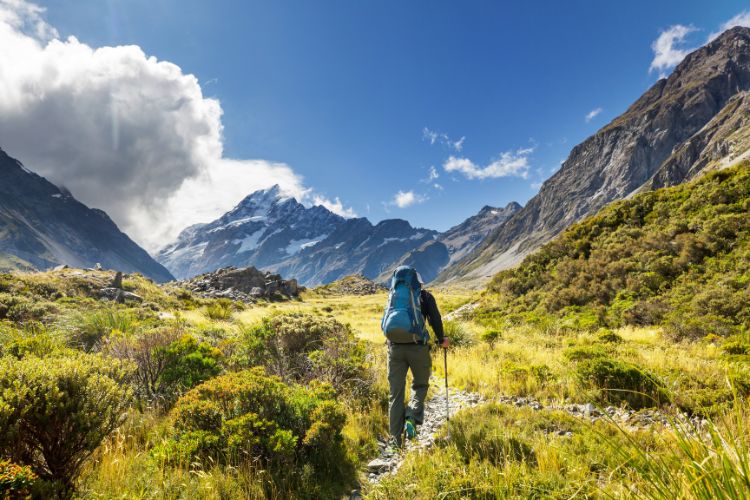
Both Australia and New Zealand speak English, but they have some different words. (I’ve added the US equivalents too for interest).
| Australian | New Zealand | United States |
| Thongs | Jandals | Flip flops |
| Bushwalking | Tramping | Hiking |
| Little/small | Wee | Little/small |
| Esky | Chilly bin | Cooler |
| Mate | Bro | Friend |
| G’day | Kia Ora | Hello/Hi |
| Milk bar | Diary | Convenience store |
| Cool! | Sweet as! | Groovy!/Awesome! |
| Holiday house/beach shack | Bach (pronounced batch) | Vacation home |
| Sweet potato | Kumara | Yams |
The Australian and New Zealand accents are also different.
Australians and New Zealanders know that our accents are worlds apart. However, “outsiders” can find the accents hard to differentiate.
We Aussies love to draw out our vowels and shorten our words. George is more like “Geoorge”, afternoon is arvo (pronounced aaarrvo), breakfast is brekkie. Something as simple as “no” can be “naaah” or “noooh”.
New Zealanders pronounce their vowels differently. The short “i” sound has a “u” or “uh” sound so fish and chips becomes “fush” and “chups,” “decks” become “dicks” and “six” becomes “sux.”
Read More: How to Speak Australian
Similar But Different Flags
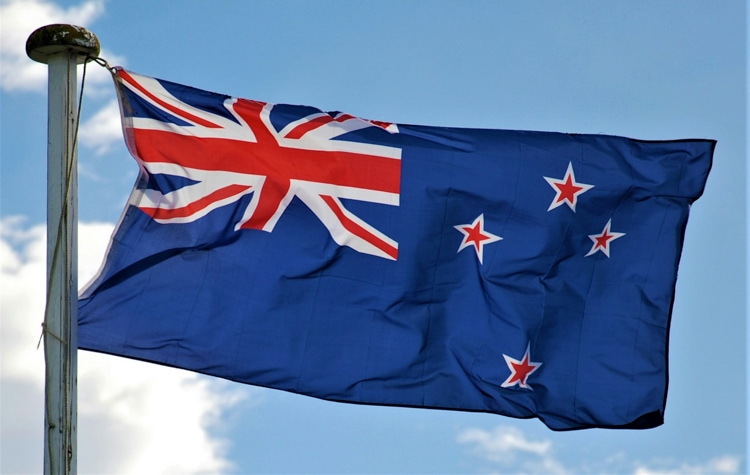
The Australian and New Zealand flags are a little different.
Both flags feature the British Union Jack in the top left corner. Both flags feature the Southern Cross star on the right-hand side.
BUT the Australian flag has two extra stars – a small one near the cross and a big one under the Union Jack.
New Zealand’s flag has just four stars but they are red with a white outline.
Barbeques vs Earth Ovens
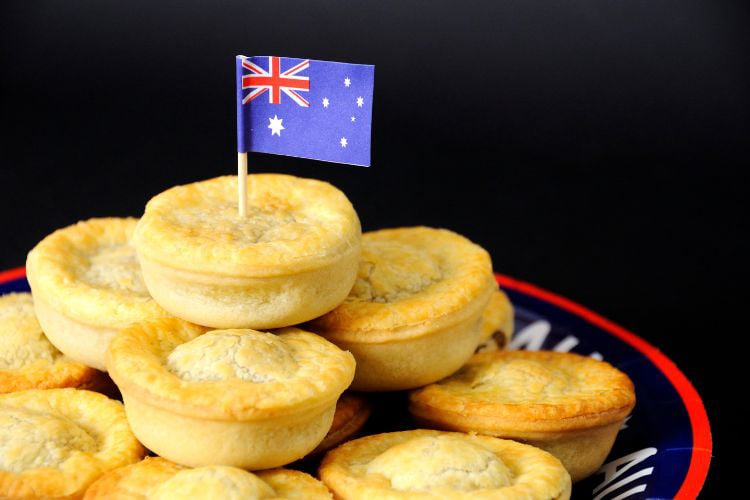
Australia and New Zealand have some distinct cuisine and both countries argue about the origins of some dishes too.
Please forgive the oversimplification of both countries’ cuisine here.
Australia is known for barbies (barbecues and not the dolls), meat pies with tomato sauce (ketchup), Tim Tams (amazing chocolate biscuits) and Vegemite.
New Zealand is known for dishes like the hāngī (a traditional Māori method of cooking in an earth oven).
Both Australia and New Zealand lay claim to inventing the pavlova – an iconic dessert. Originating in either Australia or New Zealand in the early 20th century, it was named after the Russian ballerina Anna Pavlova.
Taking the form of a circular block of baked meringue, a pavlova has a crisp crust but is soft, light and marshmallow-like inside filling. Topped with whipped cream and decorated with anything from berries to mango to passionfruit to chopped up chocolate bars, it is delicious but very sweet.
Although, as a proud Aussie, I believe that the pavlova is an Australian dessert, the Oxford English Dictionary said in 2010 that the first recorded recipe of pavlova was from New Zealand in 1927. Hmmmm….
There is also some debate as to the origins of lamingtons – an Australian cake often cut into squares or fingers. Made from butter cake or sponge cake, a lamington is coated in an outer layer of chocolate sauce and rolled in desiccated coconut.
A traditional lamington does not have jam in it but a layer of jam (and, sometimes, cream is very popular). I personally prefer a lamington with jam – I think that it can be a bit dry without the jam.
The lamington can be more clearly concluded as an Australian dish as the first recorded recipe was published in Queensland in 1900.
Read More: Where to Get the Best Views of Sydney Harbour: Top 10 Scenic Lookouts
Could New Zealand Become an Australian State?
New Zealand decided not to join Australia in 1901 however the Australian Constitution still gives New Zealand the option to join Australia.
I can’t imagine that New Zealand would ever now choose to surrender its independence and become part of Australia but who am I to say? The two nations certainly have close ties but, as you can see, they are very different. Come and take a look yourself.
Author Bio: Leonie Jarrett lives in Melbourne, Australia with her Husband of more than 3 decades, her 4 adult children and her 2 Golden Retrievers. Leonie has variously been a lawyer and a business owner. Now that she is semi-retired, Leonie is loving writing about her life and her travels.
- Together at Sea: A Mediterranean Family Adventure - April 27, 2024
- Travel Guide to Colorado - April 26, 2024
- Travel Guide to Croatia - April 26, 2024

